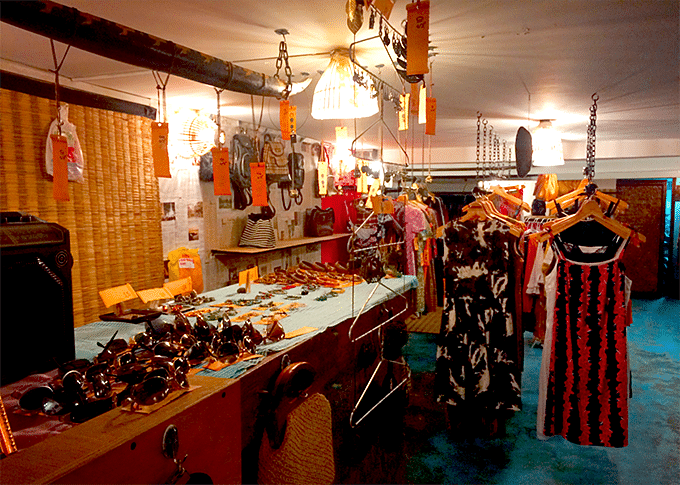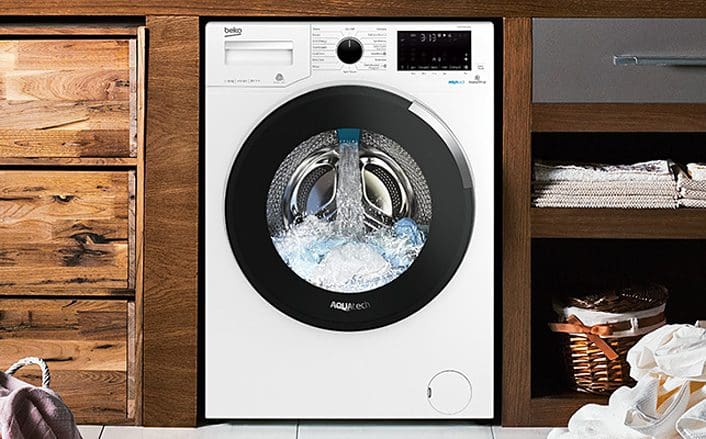words Alexa Wang
The “vintage” term is usually used for clothes that are 20 years old or more. What it practically means is clothes from the previous century. If you are over 40, the ’90s don’t look that far from today, but if you have kept some pieces, it is a vintage garment.
When you were growing up, it was probably not difficult to recognize what was IN then. However, today you may find a lot of fake vintages, so the question is how to recognize what an authentic vintage piece is?
You will not make a mistake if you go to a specialized store for vintage clothing. To find out how to recognize vintage, keep reading below. You may find below valuable tips, some are practical, and others look funny.

Look at The Style and Design
Some models can be recognized instantly, like swing dresses from the ’40s, the colorful hippie style, black pants and leather jacket from the Grease movie, or white lace dresses. For the other, you have to look at some details like bell sleeves from the ’70s or puffy shoulders from the ’80s. Dresses with lining made from polyester are a good sign that the dress is from the ’70s.
Not all vintage pieces can fit today’s fashion, regardless of how some styles keep returning. If you are a fan of vintage clothes, don’t hesitate to investigate and ensure that this is the vintage piece you dream of. Plus, anyone from established vintage icon Zoey Deschanel to an up-and-coming influencer like Kim Skiles can pull off a nice vintage outfit, but only if it’s legitimate.
Check The Tag
The tag holds the most clues whether a piece is a genuine vintage. First, it should look old, but some other details will tell you if it is an authentic vintage piece.
Union-made
The International Ladies’ Garment Workers’ Union was formed in 1900 and made clothes for women. Their logo was present on the tag from the very first beginning. This union changed its logo several times, but it’s still so interesting that you can learn from the logo design what period that piece of clothes came from.
Garment Care Label
Care Label became mandatory for all clothing producers in 1971. Whether there’s a care label or not will tell you if that piece has been made after or before 1971.

Lot or Style Number Tag
In the era when there was no digitalization and coding of the goods electronically, up until 1979, manufacturers put lot and style numbers on the tag for tracking the goods. A signal for a vintage piece is that the lot consists of many numbers printed in some old font that is not so popular today. It’s a simple way to recognize true vintage.
Label Font and Logo
Traditional manufacturers change label fonts and logos. But when they do it rarely, it’s for some critical milestones. If you see a label with a manufacturer’s brand name that you know well, but the label looks different from today’s one, this is undoubtedly vintage.
Check the Zipper
The zipper is another identification sign for vintage. Till 1963 zipper teeth were made of metal. After that year, zippers became available in plastic also. So, if you like a piece of clothes with a plastic zipper, it cannot be older than 60 years.
The position of the zipper will also tell you the year of origin. If the zipper is placed on the side, this piece was most likely made in the ’30s or ’40s. Later, in the ’50s and ’60s, the zipper was placed on the middle back.
Country of Origin
Well-known western brands began with production in the USA or western European countries. However, in the last few decades, some have moved production to China, India, or Pakistan. So, very easy to find out the vintage; if the piece is made in the US, it should be older than 20 years and, therefore, the vintage you are looking for.
Another sure way that it is 100% vintage is if it is made in a country that doesn’t exist anymore.
Seams
Check out the interior seams; if you find a pinked seam, that piece was probably made in the ’50s or at home. This was a practical way to reduce fraying. If there is no finishing visible like pinking shears and sergers, then the garment is made before 1950.
To truly make sure that you have a quality piece in possession, your safest bet is to go shopping for vintage clothing on Vintage&Rags. You’ll find everything authentic with high-quality seams, proper tags, and sizes.
One Size fits All
Do you remember the last time you saw a piece that fits all sizes in a store? What you can find today is the Size from XS to XXXL and the shape that cannot fit all sizes.
So definitely, if you see one Size fits all, mostly it is vintage.
What we define today as vintage, in a few decades, will become antique, and what is today retro, in a couple of years, will grow up into vintage. Whatever the manufacturing period, you must know what you pay for. If you are a fan of vintage clothes, don’t hesitate to investigate and ensure that this is the vintage piece you dream of.




